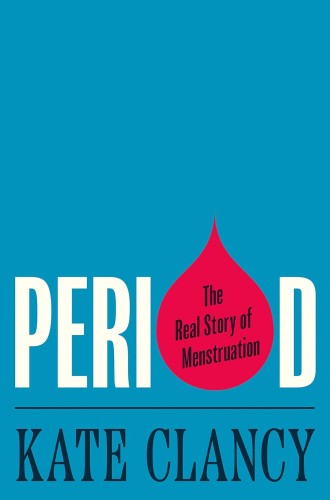Growing up as the youngest child in a family full of sisters, I thought I knew everything there was to know about menstruation. My first encounter with the phenomenon happened when I was three years old and found the bathtub smeared with blood. After that, I learned to expect blood in odd places around the house. As an exceedingly obsequious younger brother, I went out of my way to learn and obey the rules of periods. I kept on hand a supply of dark chocolate and Ferrero Rocher—my cache of monthly offerings to the goddesses. I even tracked my sisters’ cycles by asking, with all the diplomacy I could muster, “Are you having trouble with your punctuation?” I prided myself on being in on a great secret.
I have not thought as much about periods in the quarter century since. And aside from a perfunctory unit on menstruation in middle school sex education, I had not learned much more about it until I picked up Kate Clancy’s book Period: The Real Story of Menstruation. In the intervening time I had gone to seminary and become a mainline Protestant pastor. Despite the fact that at least 55 percent of Protestants experience periods at some point in their lives, and despite the fact that we are forever preaching and singing about the power of the life-giving blood of Jesus, somehow the topic of menstruation never came up in theology or pastoral care courses.
Fortunately, Period is a wonderful way to begin learning about the science of menstruation, as well as the social, political, and even philosophical issues that swarm around it. Clancy is an anthropology professor who writes for popular audiences about gender studies, ecology, and science culture. She has a delightfully colloquial style that makes her expositions of complicated biological science feel like listening to a friend telling you about something fascinating over a glass of wine at dinner. I would read much more scientific literature if Clancy were writing it.





